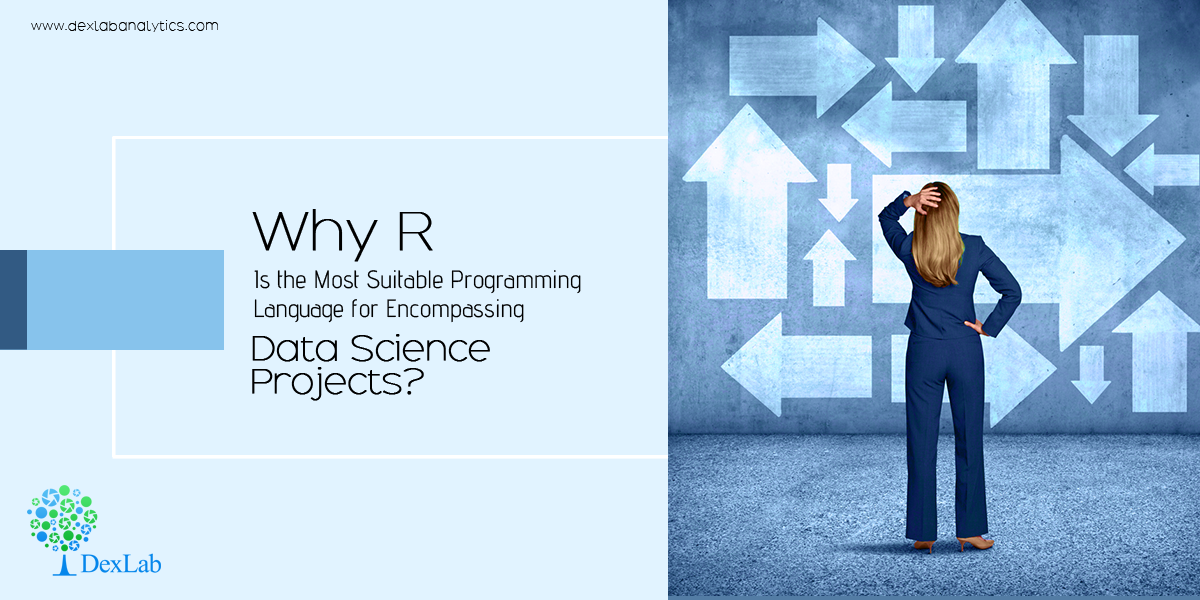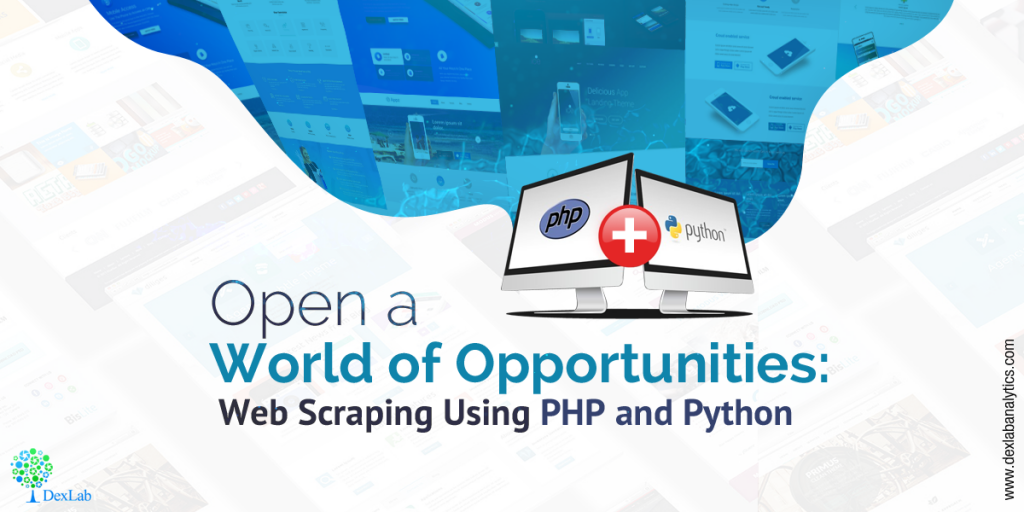
Since the early 1990’s, when R was first conceptualized, it has been leading the show in the field of data science. In the past few years, however, the popularity of R has increased exponentially – thanks to the advancement in data analytics environment. From data scientists to statisticians and researchers, R has become a hot-favorite for all. And, why not? It’s a GNU package and a free software package for statistical computing.
In this era of evolution, finding the best tool to stay ahead of the curve is the need of the hour. For that and more, we have selected R and given below are the points proving why R is the best programming tool in the competitive environment of data science.
R is a substitute for data science for non-technical data enthusiasts
Well, if you are aware of leading data science trends and programming languages, you will find two high-end data science tools – R and Python – they tend to be the topic of conversation for all data-related matter. Python is a top of the line programming language for software professionals who have a knack in mathematics, statistics and machine learning, but lacks big time in offering library support on subjects like Econometrics and a bunch of communication tools, including reporting.
Most of the consultants working in the field of data science belongs from business community, and have no particular interest in technical know-how about developing software and acing programming languages. Learning python would not be as much of help as it would be mastering R programming – R is a programming language that supports libraries for stats, machine learning and data science. Thus, R is the best fit for data science enthusiasts not belonging from technical background. Also, R offers support packages or libraries for Econometrics, Finance, etc. – all of this is widely used for data analytics.
For R language training in Delhi, drop by DexLab Analytics.
After Tidyverse, mastering R is easy
Previously, learning R was no mean feat. It was considered one of the toughest languages to learn and largely inconsistent; the reasons being structuring and formality. But the things started to change when Tidyverse was introduced – it’s a robust set of packages and tools that offers steady structural programming interface.
In fact, after the launch of ‘dplyr’ and ‘ggplot2’, curve complexities got reduced even more. Just like any other languages, R went on getting better with its programming interface and achieving more structural and consistent – thanks to Tidyverse – it turned out to be efficient as it includes support packages for visualization, modeling, manipulation, iteration and communication – all of these turned R a super easy language to ace on.
R is mostly used for business purposes
The biggest advantage of R as compared to other programming languages is its capability to create industry-ready reports and infographics, and ML-powered web applications. For business-related matter, no other tool is as efficient as R.
But have you wondered what makes R so popular among the business community? It’s the two special R-enabled frameworks – RMARKDOWN and Shiny.
RMARKDOWN helps in developing reconstructable reports, which are regarded as the stepping stone for building blogs, websites, presentations, books and journals. On the other hand, Shiny is a powerful framework for creating interactive web applications for R. It is handy and widely popular.
DexLab Analytics offers leading R programming courses in Gurgaon for all the data enthusiasts. Check out the course itinerary and decide for yourself.
The blog has been sourced from –
www.technotification.com/2018/06/r-programming-data-science.html
Interested in a career in Data Analyst?
To learn more about Data Analyst with Advanced excel course – Enrol Now.
To learn more about Data Analyst with R Course – Enrol Now.
To learn more about Big Data Course – Enrol Now.To learn more about Machine Learning Using Python and Spark – Enrol Now.
To learn more about Data Analyst with SAS Course – Enrol Now.
To learn more about Data Analyst with Apache Spark Course – Enrol Now.
To learn more about Data Analyst with Market Risk Analytics and Modelling Course – Enrol Now.

